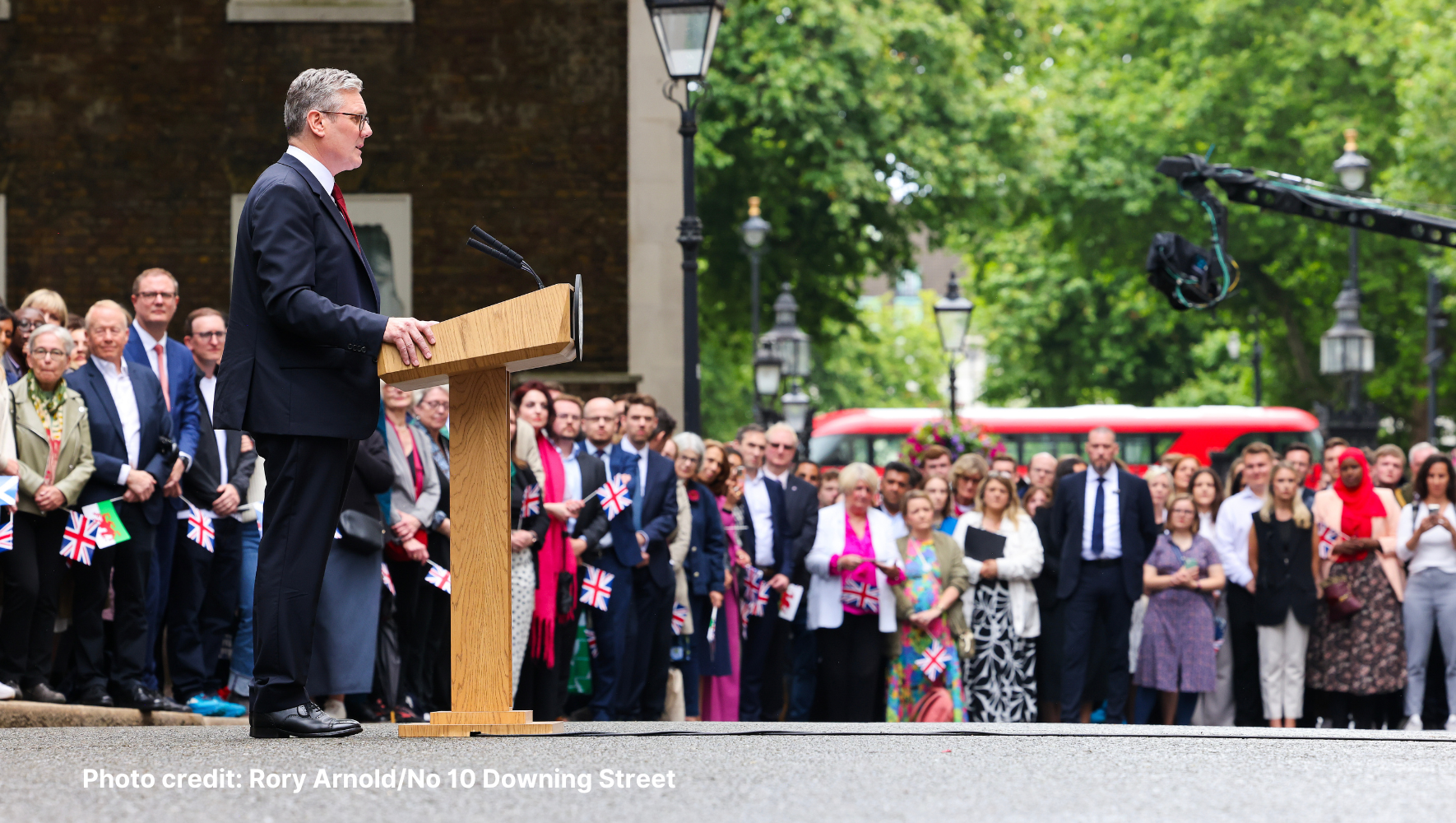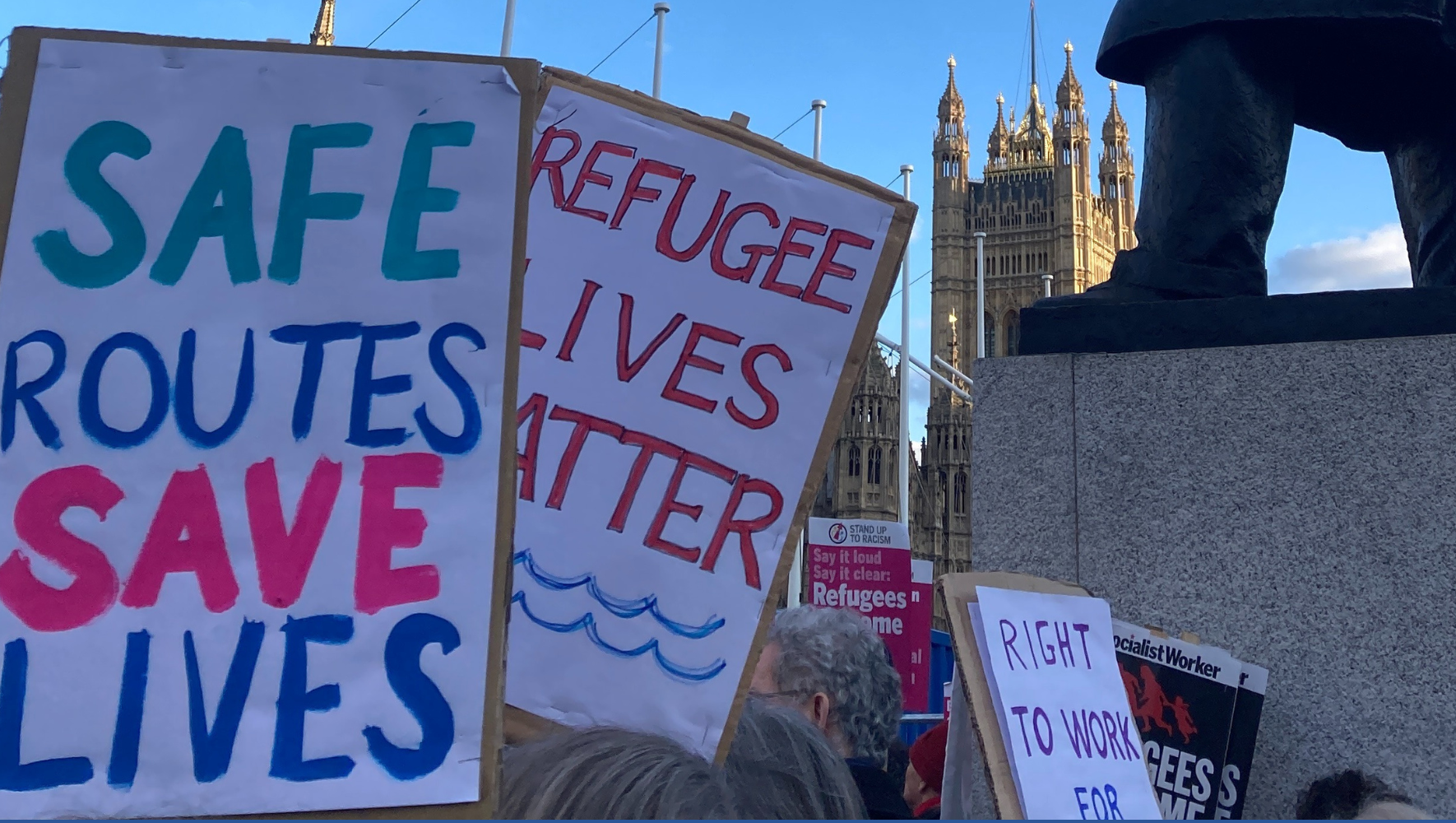
In December 2024, the UK government announced that the ‘move-on’ period – the time new refugees get to transition from Home Office support after receiving status – would be doubled to 56 days, for an initial six-month trial period.
This move was a hugely important step towards preventing refugee homelessness. But six months on, what impact has the trial had – and what will happen next?
Addressing the cliff edge
Prior to the trial, many councils across London described to us how a 28-day ‘move-on’ period created a ‘cliff edge’ – leaving many refugees at immediate risk of homelessness and destitution.
Our team has remained in touch with these boroughs to understand the trial’s impact on newly recognised refugees. Although it’s only been six months, the councils we’ve spoken to have reported important signs of progress and positive steps in the right direction.
A common theme was that the additional time has enabled improved coordination between the Home Office and local authorities. This has been crucial to addressing persistent obstacles – particularly with the delays of the eVisa rollout.
What’s the Government planning now?
On 8 April 2025, Lord Hanson of Flint, the Minister of State (Home Office), revealed that “the National Centre for Social Research (NatCen) and RSM have been contracted to undertake an evaluation of the changes to the move on period on behalf of the Home Office.” Lord Hanson also stated that this evaluation will include interviews with those with lived experience of the ‘move-on’ period, and that results would be published in summer 2025.
It is understood that a decision on whether to make the extended ‘move-on’ period permanent will only be made until after this evaluation. Government Minister Lord Katz confirmed on 13 June that suitable notice will be given to confirm when the pilot is ending, and that “all individuals will continue to receive 56 days’ notice until this point.”
On 7 July 2025, Dame Angela Eagle DBE MP, the Minister for Border Security and Asylum, confirmed that the ‘move-on’ period trial would be extended to the end of 2025.
Making this change permanent
We’ve been proud to support Baroness Lister with her tireless work championing a permanent 56-day ‘move-on’ period, through her Asylum Support (Prescribed Period) Bill. We’ll continue to work with politicians across both Houses and all parties to push this campaign forward.
Why a permanent extended ‘move-on’ period is so important
The previous 28-day ‘move-on’ period was long considered inadequate. In far too many cases it caused homelessness, destitution, and presented major barriers to integration.
The reasons why? Most refugees have little or no savings to rely on, and 28-days is simply not enough time to secure employment, find housing, or access Universal Credit – which has a built in 35-day delay before a first payment is made. These challenges are further compounded by language and cultural barriers, as well as the complex job and accommodation markets which can be tough to navigate.
Not only does a 56-day ‘move-on’ period improve opportunities for integration and reduce pressure – there’s also research suggesting that it will have an economic benefit. Analysis from LSE found that millions of pounds could be saved each year.
What else needs to happen?
Our coordination with London councils found that while some were even able to provide transitional support beyond 56 days, not all have the resources or capacity to do so. So, while the extension has been welcomed and shown clear signs of improvement, it has not solved all problems.
It’s clear that in some cases, 56 days is still not sufficient. A few boroughs emphasized how the continuing housing shortage crisis complicates their efforts, especially for refugees who do not meet priority need criteria.
We’re also calling for a permanent 56-day ‘move-on’ period to be matched by other measures enabling integration. This must include improving access to English language classes, ensuring people are housed in the community, and lifting the ban preventing people seeking asylum from working.

‘Move-on’ period doubled to 56 days
Read More


